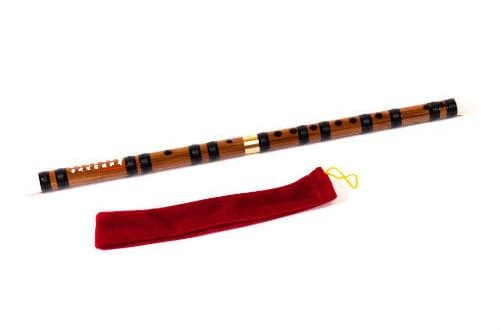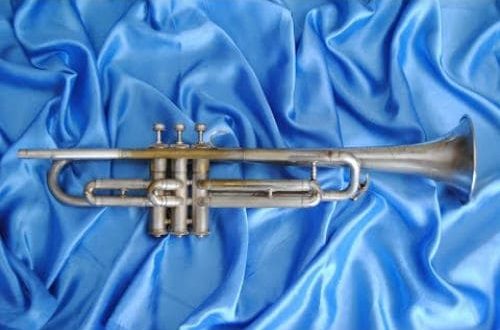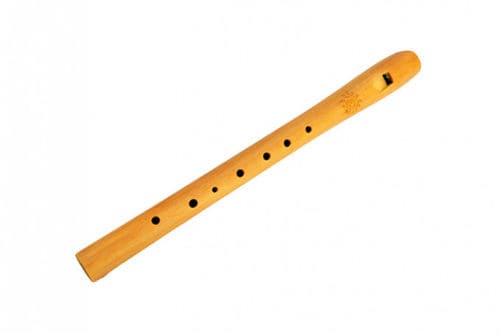
Pipe: description of the instrument, composition, sound, history, use
The Russian folk instrument, mentioned in many literary works and films, has existed since ancient times. The Slavs considered the melodious sound of the flute to be magical, and she herself was associated with the goddess Lada, who patronizes lovers. The legends say that the god of love and passion Lel delighted the ears of young maidens by playing the birch pipe.
What is a flute
From the all-Slavonic “to whistle” – “to whistle”. Svirel is a group of whistle instruments consisting of one or two trunks. The instrument belongs to the longitudinal flutes held along the body during the Play; it is common in the territories inhabited by the Eastern and Southern Slavs.

There is a double type of pipe – double. Today it is rarely used. A double is a pair of connected trunks, equal or uneven in length. The advantage of a double flute is the ability to apply the effect of two voices in playing music. There are instances in which one of the trunks is designed to create background sound.
How does the pipe sound
The longitudinal flute is an ideal musical instrument for creating folk music. The sound produced is gentle, touching, piercing, replete with overtones. The lower tones are slightly hoarse, they are rarely used. In musical creativity, preference is given to juicy, bright, exciting tones of the upper register.
It’s technically easy to play. The holes in the barrel are alternately closed and opened with fingers, blowing exhaled air into the whistle hole – the beak.
The musical modes are predominantly diatonic, but when the outlets are not tightly closed, chromatic ones appear. The flute range is 2 octaves: from the note “mi” of the 1st octave, to “mi” of the 3rd.
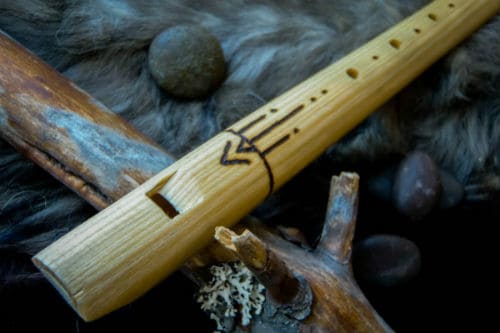
Pipe device
A longitudinal flute may look like a wooden or metal tube. Diameter – 1,5 cm, length – about 35 cm. The beak into which air is blown is located at the end of the product. Holes (from 4 to 8, but in the classic version 6) for blowing air are punched in the central part, directed upwards.
In the Russian tradition, cut a pipe from maple, ash, hazel, buckthorn, reed. In other countries, the longitudinal flute is made of bamboo, bone, ceramic, silver, even crystal.
The inside of the tube is made hollow with a thin scraper or a hot metal rod. One end is cut obliquely – a beak is obtained.
The double looks like two pipes. Each barrel has a separate whistle detail and 3 blow holes. The larger barrel reaches 30-47 cm in length, the smaller one – 22-35 cm. According to the rules, the performer should hold the large pipe with his right hand, the smaller one with his left.
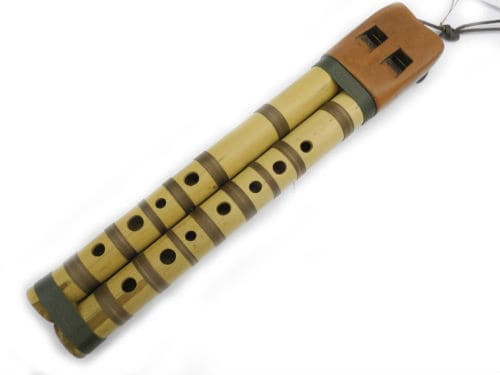
History of the tool
It is impossible to say when the prototype of the flute appeared. The history of a musical instrument began when an ancient man took a hollow wooden stick, made holes in it, and reproduced the first melody.
The wind instrument supposedly came to the lands of the ancient Slavs from Greece. In chronicles there is a mention of three of its varieties:
- tsevnitsa – a multi-barreled flute;
- nozzle – single-barrel option;
- flute – a variant with two trunks.
The term “pipe” is the oldest of those listed, it was used when the Slavs were not yet divided into eastern, western and southern tribes. But it is impossible to say whether a specific type of musical instrument or all wind sources of music were called so, since the ancient Slavs called musicians playing any wind instruments Svirts.
Today, the musical terms “snot” and “string” are not used, all varieties (and not just double-barreled specimens) are usually called the flute.
The first written source that mentions a musical instrument dates back to the 12th century – The Tale of Bygone Years, compiled by Nestor the Chronicler.
In the 1950s, archaeologists found two pipes near Pskov and Novgorod:
- 11th century, 22,5 cm long, with 4 holes;
- 15th century, 19 cm long, with 3 holes.
The pipe was played mainly by buffoons and shepherds. For many decades, the musical instrument was considered rural, primitive, uninteresting. Only at the end of the 19th century, the Russian nobleman Andreev, who studied folk culture, improved the flute and included it in the folk music orchestra.
A folk instrument with a centuries-old history and melodic sound cannot be called popular today. It is used mainly in folk music concerts, historical films, performances. The flute becomes more and more popular in children’s music schools, which means that there is a chance to revive interest in it.



